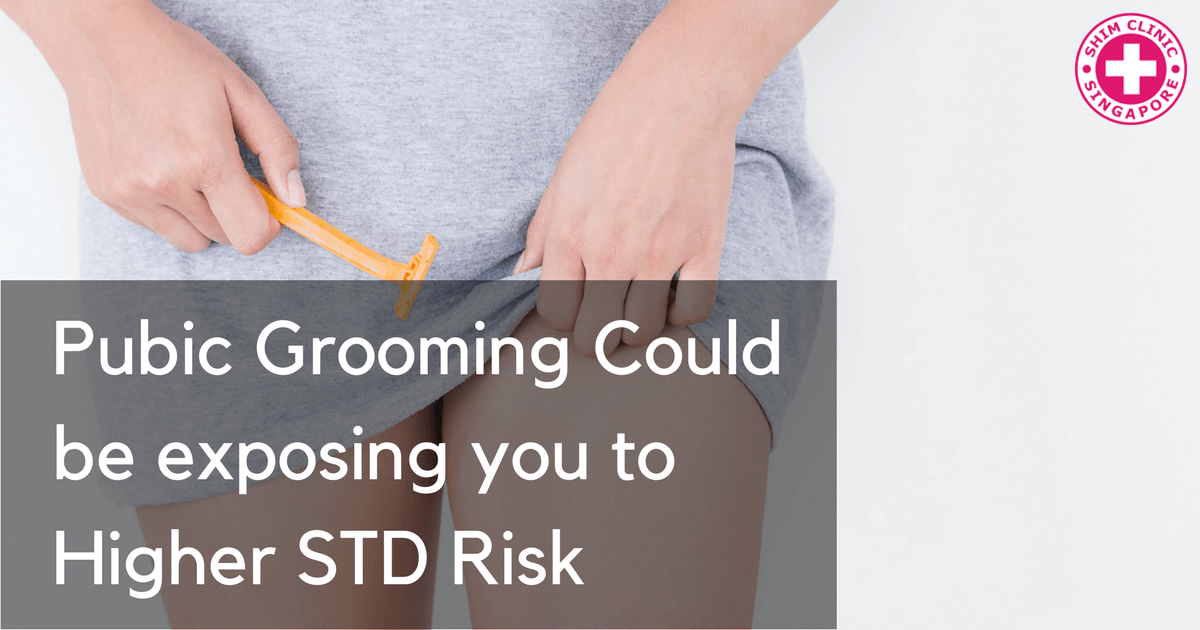New research conducted in the US suggests a slight relationship between the frequency of pubic grooming and risk of getting sexually transmitted diseases. The study published in the British Medical Journal’s Sexually Transmitted Infections journal found that people who groom their pubic hair on a regular basis increase their risk of acquiring STIs such as herpes, human papilloma virus or syphilis. Chances of getting STIs are even higher for people who remove all of their hair frequently.
Removal of pubic hair and grooming have become more popular than ever before as perceptions regarding the role of body hair and cleanliness have changed. Brazilian bikini waxing among many other forms of hair removal is what men and women use.
Despite showing a link between pubic grooming and STIs, the study did not have evidence of a direct cause-and-effect relationship between the two factors.
The Study
In order to find out whether grooming had a connection to STIs, researchers in the US conducted research on more than 7500 US residents aged between 18 and 65 on their grooming patterns, sexual behaviours and any history, if any, of sexually transmitted diseases. More women reported having tried pubic grooming at least once compared to men.
The study classified the respondents into 2 major categories; extreme groomers and high-frequency groomers. Extreme groomers were defined as people who removed all of their pubic hair at least 11 times in a year while high-frequency groomers were people who would trim their pubic hair on a daily or weekly basis. 17% of the respondents fell under the extreme groomer’s category with 22% of them falling under the high-frequency groomers. Interestingly, one in every 10 groomers fell in both categories.
However, any person who reported having ever groomed at all had an 80% risk of getting an STI despite the person’s age or the number of sexual partners, the study found. The researchers found that extreme groomers had 4 times the risk of contracting a sexually transmitted disease while high-frequency groomers had 3.5 times the risk.
Mild Trauma Caused on the Skin
On one hand, the study found that the increase of risk of getting STIs for people who frequently removed their pubic hair was due to the mild trauma caused on the skin, that is, small cuts, scrapes and skin tears. On the other hand, it may be that people who groom more have higher levels of sexual activity.
Of all the respondents, younger people were reported to groom more than any other group of people, were more sexually active and had more sexual partners than those who did not groom at all. Those in the extreme groomer’s category were found to have more sexual partners than any other category.
There is a light at the end of the tunnel for those who frequently remove their pubic hair as they reduce the risk of pubic lice. Pubic lice are said to grow and breed in pubic hair. Those who do not groom at all are at twice the risk of public lice.
To shave or not to shave? That is the question.
Reference: Charles Osterberg, M.D., assistant professor of urology and surgery, University of Texas Dell Medical School, Austin, Texas; Dennis Fortenberry, M.D., professor of pediatrics and adolescent medicine, Indiana University School of Medicine, and president, American Sexually Transmitted Diseases Association; Dec. 5, 2016, Sexually Transmitted Infections, online

